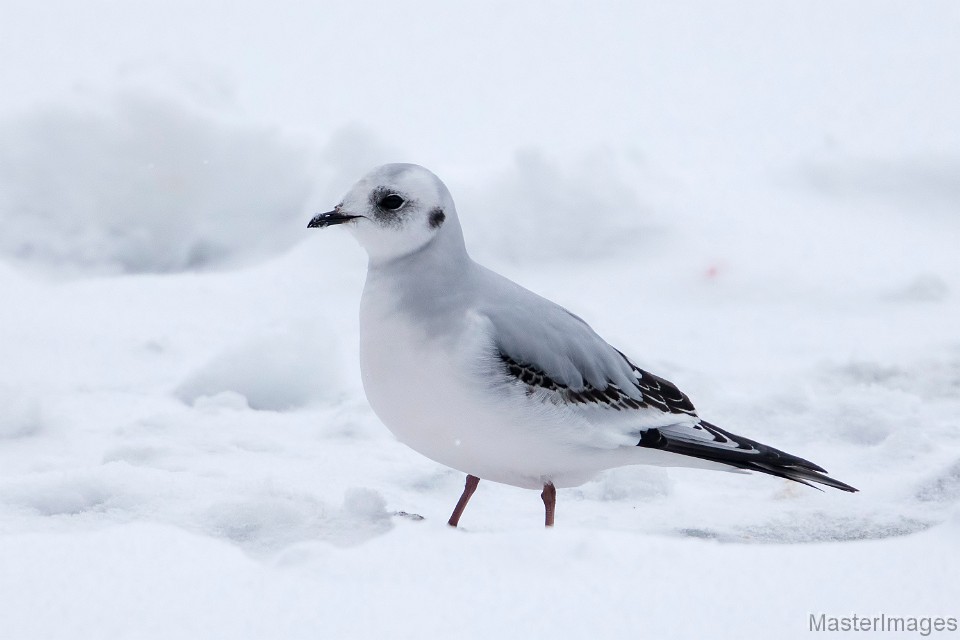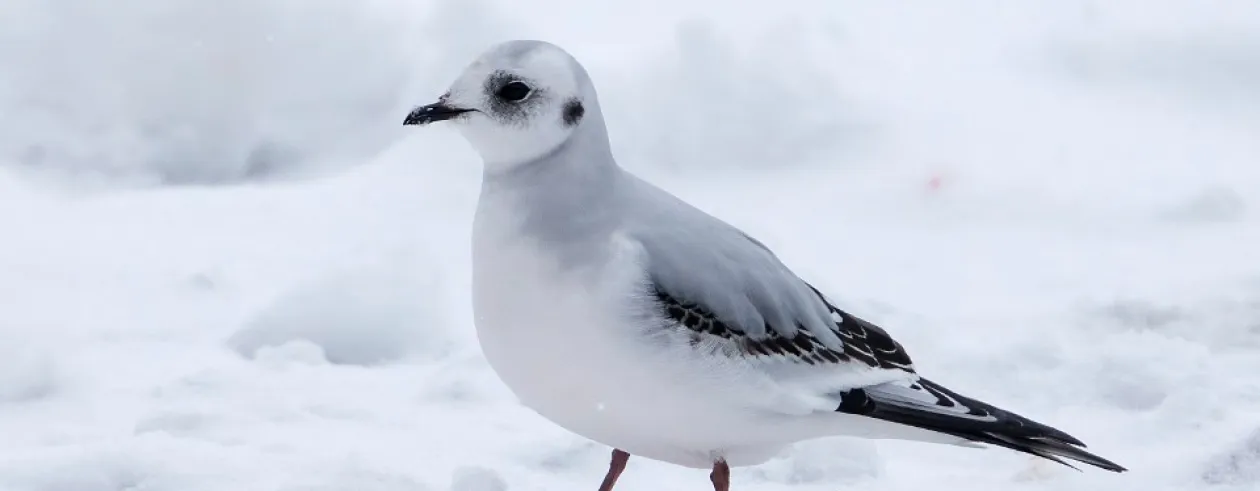
The Sport Of Birding: Lists & Big Years!
Most birders keep “lists” of bird species they have seen. The variety of lists seems almost endless:
- “Life” lists – bird species seen over the course of one’s life
- North American lists
- Yearly lists
- State lists
- County lists
- Yard lists
- & yes, sometimes even lists of dead bird species seen!
Some birders compete in “big years” where they try to see the most species in a year – in the world, in North America, in their country, state, or county.
There are also “big days” where birders will compete to see the most species in a 24-hour period. One of the largest competitions is the World Series of Birding held in May each year at Cape May, New Jersey. This event has raised millions of dollars for conservation over the past 30 years. It has also brought birding to the attention of the media and attracted untold numbers of people to become birders.
In New York, the Montezuma Muckrace is held every September and the newest big day competition is the Seatuck Birding Challenge on Long Island, also held in September.
In 2012, I spent time with an eastern Long Island birder doing a Big Year in New York. It was like watching a billiard ball as he ricocheted back and forth across the state as rarities would show up! That winter, a Gray-crowned Rosy-Finch appeared at someone’s feeder in the southern Adirondacks – a bird normally found in the western U.S. I called him and within a few hours he was watching the bird! He found 361 species that year and put over 40,000 miles on his car (in addition to 10 boat trips)! He broke the record by a long shot and will likely hold the New York Big Year record for a long time to come.
Married couples even compete with each other! Since they are not with each other 24-7, their lists are not always identical, and so starts a friendly-family competition!
The Thrill Of The Chase
So what happens when a mega rare bird shows up in Tupper Lake? This Adirondack region recently found out!

On January 25, 2017, carpenters working on Jack Delehanty’s Tupper Lake home on Lake Simond Road were about to make birding history. Shawn Hitchins had been ice-fishing and left Walleye eggs on the ice. Another carpenter, Mike Thibodeau, noticed a gull eating the Walleye eggs and mentioned it to Jack. As fate would have it, Jack is the son of Charlcie Delehanty, one of the most famous birders in the Adirondacks, and she raised a birding family. Jack took some photos and video of the unusual gull. After family discussion, his sister Alex sent the photos to Larry Master who immediately knew this was likely a mega rare Ross’s Gull.

Larry, who was away at a meeting in Washington D.C., called me first thing Thursday morning so I could go to Jack’s home to see if the gull was still around and to get photos. He told me to keep it quiet – which I did — but rumors immediately began from people who received the photos from Larry. Stacy Robinson, from Port Henry, showed up just after I arrived and we attempted to get photos from Jack’s second floor window (with lots of loud sounds with the house under construction!). I was standing on a chair so I could position my scope pointing down and I had my iPhone attached to it. We finally moved outside on his second floor balcony and saw the gull fly in observing its distinctive wedge-shaped, black-tipped tail – a first winter Ross’s Gull! I jumped up and down!

My cell phone had been ringing and beeping non-stop with calls and texts, but I had to ignore them as I used the phone to get photos and video of the Ross’s Gull. Everyone wanted directions, so I was consumed with responding to the inquiries.
By the afternoon, people began arriving - from Rochester, Cornell, Vermont, Connecticut – birders who heard rumors, abandoned work, and jumped in their cars for a long journey with no knowledge of even where to go! For many birders, a Ross’s Gull is their most sought-after North American species to see (or “tick” — a term used by some birders for a new species on their life lists).
Jack drove to his mother Charlcie’s home and brought her back to see the gull. She is in her mid-90s and still actively birding. She sat in Jack’s living room looking through the picture window at the Ross’ Gull with a lovely smile on her face! It was a terrific moment.

Since a mega-rare bird, far from its expected region, can show up and possibly disappear by the next day, time is of the essence for birders. Birders flock to see a rare bird in what is often termed a “chase.”
I was leading a field trip for the Long Lake Parks and Recreation Department on Saturday, January 28, and of course I had to change the itinerary to make Tupper Lake the first stop. We arrived at Jack’s home by 9 a.m. to hordes of birders that parked way up the road from Jack’s driveway. They had been waiting for 2 hours, but no sign of the Ross’s Gull. So we traded phone numbers with a NYC birder I knew in the waiting group and we spent time birding in other Tupper Lake locations while waiting for the gull to arrive.
We saw the lovely Northern Shrike that is wintering in the field across the road from the old OWD factory. Northern Shrikes are predatory songbirds that use their sharp bills to impale mice and other small mammals in the back of the neck. They hunt from the very tops of trees, making them easy to spot. When not hunting, they remain hidden in thickets.

Larkins was a wonderful stop for coffee and great food. Later in the day, the Adirondack Trading Post in Long Lake was a terrific lunch stop.
After a couple hours of birding and no messages that the gull had returned, we decided to head to Sabattis Bog to see boreal bird species. But just after heading past Lake Simond Road on Route 30, we slowed down when we saw a group of American Crows and Bald Eagles behaving oddly on the ice of Tupper Lake. There was another car stopped along the road and the woman sitting next to me, Jodi Brodsky, said, “Hey, she is pointing at something – a gull!” It was the Ross’s Gull flying across Tupper Lake from a huge ice-fishing shanty on the far side of the lake. It landed at the edge of the open-water channel.

I immediately called my NYC contact and a mass exodus, like a group of paparazzi, fled Jack’s home and drove over to Route 30. About 50 to 60 cars came zooming in and parked along the highway, which immediately attracted two State Police vehicles! Since I had already spent a full day observing the gull, I yelled for everyone to watch the gull and I would talk with the police. The officer I talked to wanted everyone to move for safety reasons. I spoke as quickly as I could trying to explain the importance of the bird they were looking at. I mentioned the license plates from Georgia, Maryland, Indiana, etc. He was terrific and finally told everyone they could stay as long as their cars were over the white line.


I felt such happiness for the people who had traveled so far, with some having driven through the night, to see this mega rare bird from the Arctic. The camaraderie among birders who meet up at these mega rare bird locations is quite special to experience.

Emotional Reactions
I have received lots of messages of how people felt when they saw the bird. Carena Pooth, from Poughquag, NY, wrote, “The Ross’s Gull was one of those really exhilarating birding experiences that stays alive in one’s memory forever. What a beautiful little bird! Lots of fun seeing folks, too.”
Bruce Di Labio, from Ontario, wrote about being at Massachusetts in 1975 when the first Ross’s Gull ever viewed in the lower 48 states was observed. He wrote, “At the time it was regarded as the “bird of the century” and was in Time Magazine. A group of us drove overnight in March 1975 to see this mythical bird and we saw it along with a huge crowd of birders from the east coast. An amazing time in birding. During my travels I've seen Ross's Gulls in June numerous times at Churchill, Manitoba. Even though exciting it doesn't match the Tupper Lake experience.”

An Out-Of-Place Arctic Bird
The big, unanswered question: why is the Ross’s Gull in Tupper Lake?
The Ross’s Gull (Rhodostethia rosea) is a small, dove-like gull with rosy, or pink, underparts. Its genus name Rhodostethia comes from Ancient Greek for rose breast, and its species name rosea is Latin for rose-colored.

The Tupper Lake bird is a first winter Ross’s Gull so it lacks the pink color of an adult bird.
The Ross’s Gull was named after the 19th century British Arctic explorer James Clark Ross. It breeds in the high Arctic of northeast Siberia and northernmost North America, and winters at the edge of pack ice in the Arctic Ocean. It is rarely found farther south. I was thinking that Tupper Lake, so far south of the gull’s winter grounds, must feel a bit like Florida to this Arctic bird!
Just before the Tupper Lake Ross’s Gull showed up, one was discovered in California. As hundreds of birders watched it one day, a Peregrine Falcon flew in and killed it. An out of place bird, by itself and not with flock-mates, can face unexpected dangers.
Although we can’t answer why this young bird found its way to Tupper Lake, we do know that it is remarkable that it landed in front of a birder’s home! If not, it may have gone undetected. Jack Delehanty warmly welcomed the gull and crowds of birders to his home. Ian Davies, of the Cornell Lab of Ornithology, wrote to me about Jack, “Super nice guy; definitely the nicest rare bird host I’ve ever encountered. Made my first visit to the ‘dacks an excellent one!”

Adirondack hospitality is the best! Lodging was tough to come by during the height of the Ross’s Gull chase, but things have calmed down now. Birding in the Adirondacks is exciting at any time of year and you never know what might show up!
This week in related ADK winter stay 'n' play news:
